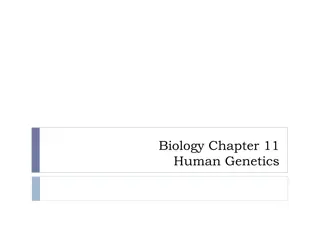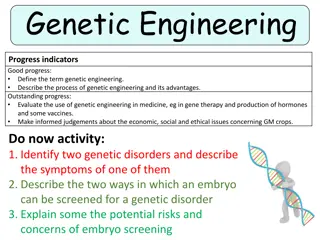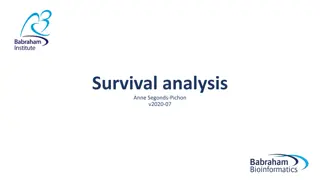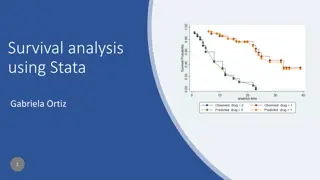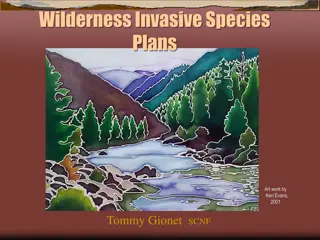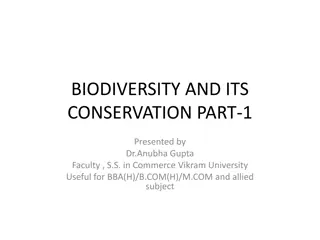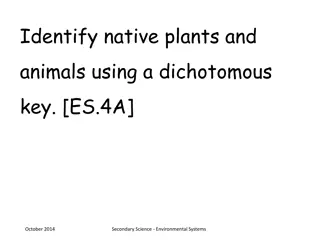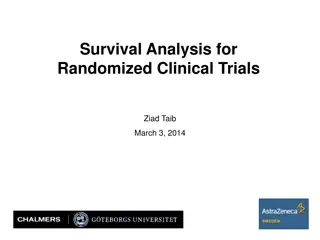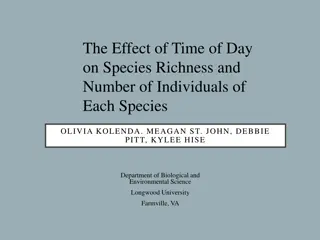Impact of Genetic Diversity on Species Survival
Species with limited genetic diversity are more vulnerable to extinction due to their inability to adapt to environmental changes. Case studies of California Condors, Black-footed Ferrets, Prairie Chickens, and Corn Rust highlight the consequences of genetic homogeneity on population resilience and survival strategies.
Download Presentation

Please find below an Image/Link to download the presentation.
The content on the website is provided AS IS for your information and personal use only. It may not be sold, licensed, or shared on other websites without obtaining consent from the author.If you encounter any issues during the download, it is possible that the publisher has removed the file from their server.
You are allowed to download the files provided on this website for personal or commercial use, subject to the condition that they are used lawfully. All files are the property of their respective owners.
The content on the website is provided AS IS for your information and personal use only. It may not be sold, licensed, or shared on other websites without obtaining consent from the author.
E N D
Presentation Transcript
Why? Species that make up a population that are not genetically diverse are more susceptible to extinction because if their environment changes there is no room for survival of the fittest, just extinction, because they re all genetically identical.
California Condors Most Condors died from lead poisoning, poaching, and habitat lost, which left only the smaller birds that had higher immune systems and could adapt to newer immune systems However females only lay a single egg every two years Condors only begin to reproduce when they are 6-8 years old
Black-footed ferret Ferrets died from fatal, non-native diseases, leaving the ones with resistance Ferrets died from loss of prairie dog prey Ferrets also died from heavy habitat loss Ferrets were once declared extinct until a dog retrieved a dead ferret and were only a dozen at one point in time
Prairie chickens Prairie chickens are less diverse because droughts destroy their food and make it difficult to provide for their young chicks Their chicks also have difficulty with the exact opposite natural threat, rains, which wreck havoc on chick survival Only the best suited chicks for these natural threats survive Prairie chickens are also threatened by heavy habitat loss, and avoid nesting because of poor habitat
Corn rust Corn rusts are a plant disease that destroys the plants; leaves, stems, fruits, and seeds Its composed of tiny aeciospores which land on the corn producing pustules, or uredia The fungi produce asexual spores which disperse by wind, water, or by insect vectors spreading the infection
Tasmanian Devil The Tasmanian devil faces an uphill against a contagious cancer called devil facial tumor disease Tumors were located in one devil s Schwann cell and has been passed along ever since threatening extinction in 30 years


